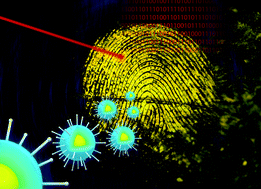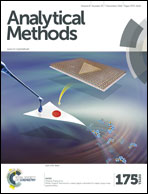Emerging fields in fingermark (meta)detection – a critical review
Abstract
Fingermarks represent an extremely valuable evidential element as they can link an individual with an item, a location, or an activity. To be used for identification purposes, fingermarks have first to be located and recorded, which generally requires the application of detection techniques. For more than a century, research efforts in the field have aimed at optimizing the existing techniques or developing new detection mechanisms characterized by an increased efficiency, sensitivity, and selectivity towards secretion components. For a long time, the primary (and sole) purpose of fingermark detection techniques has remained the same: to establish a visual contrast between the (invisible) secretions and the items they are laying on. Research objectives were mostly driven by investigative outcomes and requirements, with techniques that would detect as many marks as possible (especially faint and/or aged ones) and would be compatible with the largest range of substrates (especially the problematic ones). Recently, the fingerprint community has witnessed a shift in research efforts, with a number of publications dealing with new high-end technologies. Besides the promise of capabilities going beyond the sole purpose of establishing a visible contrast, analytical prospects may unfortunately prevail over forensic and/or health and safety considerations. This review aims consequently at proposing a critical glance at three emerging technological trends: use of nanoparticles, chemical imaging, and immunodetection for fingermark detection. For each of these topics, the forensic perspective is opposed to biological/chemical considerations. The covered period extends from 2000 to 2015, which represents more than 200 articles.


 Please wait while we load your content...
Please wait while we load your content...